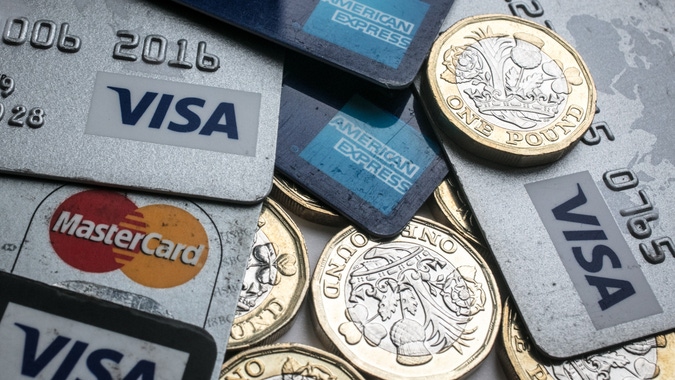Younger adults in the U.S. saw the biggest yearly increase of 90-day delinquency in credit card payments compared to other age groups in the third quarter, Insider reported.

Matt Cardy I Getty Images
The group of people aged 18 to 29-year-olds saw their 90-day delinquency rate go up to over 6%, the largest increase of all age groups from the third quarter of 2021 to the third quarter of 2022.
The overall rate for the number of payments on credit cards that were over 90 days overdue was 3.7% in Q3. In Q3 2021, it was 3.2%, according to data from The Federal Reserve Bank of New York.
The Fed’s work showed that everyone is starting to accumulate credit card debt increasing inflation — in contrast to historic, pandemic-era lows.
Related: The Fed Raised Interest Rates Again. Here’s What That Means for Your Wallet.
“The first three quarters of 2022 have seen a rapid increase in credit card balances after they contracted sharply during the early part of the COVID pandemic,” the Fed wrote in a related blog post earlier this month.
For delinquency overall, the researchers posited: “Is this simply a reversion to earlier levels, with forbearances ending and stimulus savings drying up or is this a sign of trouble ahead?”
As Insider noted, it’s not a great time for young people to run up credit card debt. Bloomberg economists in October said there is a 100% chance of a recession in the US within the next 12 months.
These types of economic events typically hurt younger workers more. It did when the pandemic hit, too, resulting in a higher unemployment rate for people aged 16 to 24. This has financial impacts that can last for years, according to the Economic Policy Institute.
Millennials capital accumulation is damaged for life due to the 2008 recession and the 2020 pandemic economic crisis, The Washington Post previously reported.
Credit card debt has increased amid squeezed wages, increasing inflation, and, at the same time, not a real slowdown in consumer spending, the Fed noted in the blog.
“With prices more than 8 percent higher than they were a year ago, it is perhaps unsurprising that balances are increasing,” the researchers wrote.
Credit card debt was up by $38 billion from the second quarter to the third in 2022. That was a 15% increase, “the largest in more than twenty years,” the Fed noted.
Because of aid programs during the pandemic and shut down businesses, Americans saved at historic rates, driving down credit card debt. It appears that trend is over.
The research, “sheds light on the more rapidly increasing debt burdens and delinquency of the younger and less wealthy card holders, and may suggest disparate impacts of inflation,” the Fed wrote.






